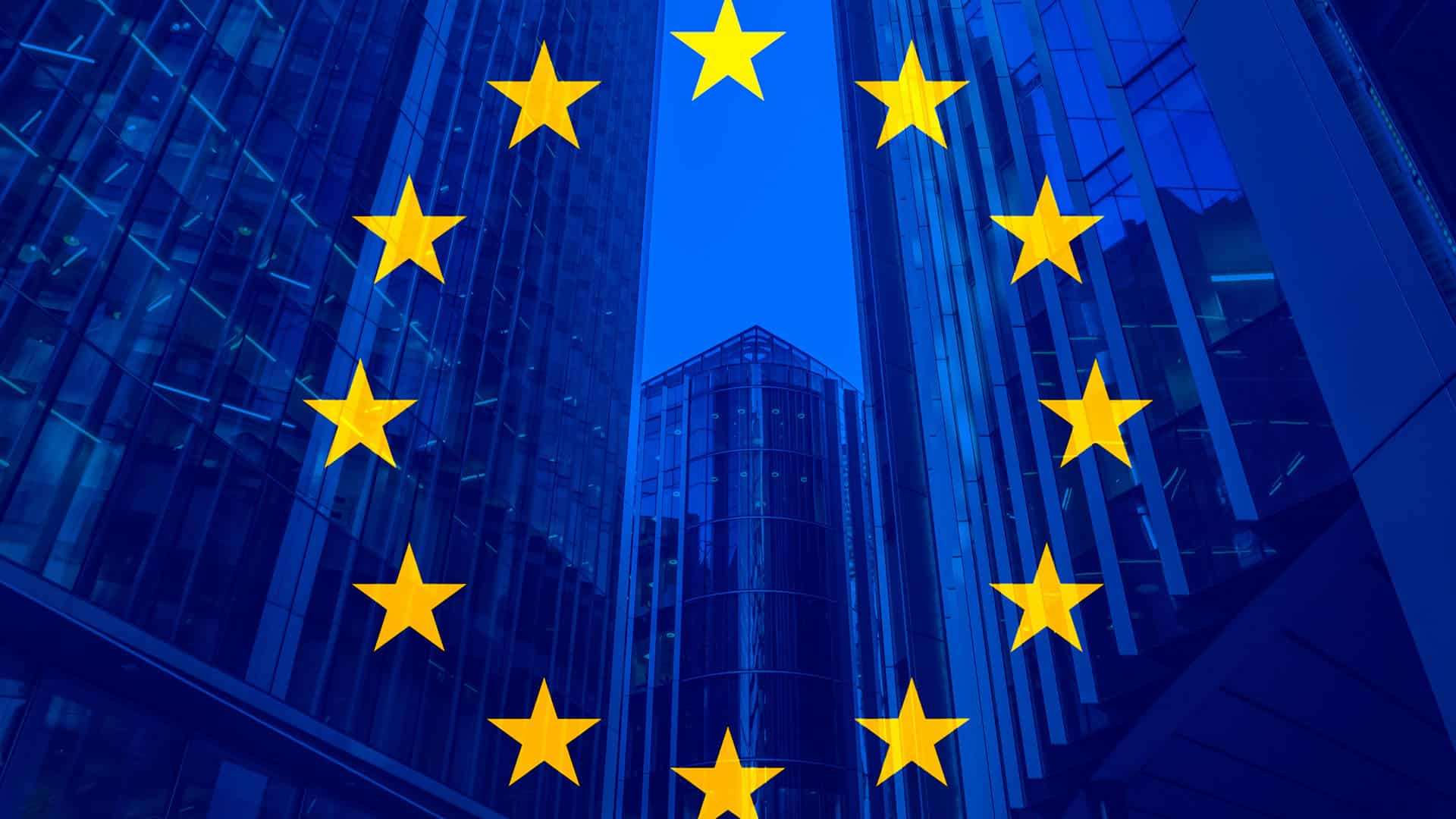For decades, the EU has shaped global rules through the so-called ‘Brussels Effect’, a term coined by Columbia professor Anu Bradford. Without projecting military power or issuing diplomatic threats, the Union’s Single Market, home to around 450 million consumers, has been powerful enough to prompt global companies to conform to its standards. For many firms, aligning worldwide with EU rules has proved cheaper than running separate compliance regimes. This influence stems less from coercion than from the EU’s market power and regulatory capacity.
The EU will lead not by exporting more rules, but by enforcing coherent ones at home and cooperating abroad –firmly, proportionately, and on its own terms–.
That logic has weakened in a harsher geopolitical climate. Trade is more openly weaponised, tariff threats are routine and regulation itself has become a geopolitical instrument. The 2024 Draghi Report put the dilemma plainly: Europe risks losing its rule-making edge if ambition is not matched by competitiveness and high-quality legislation. The task is not to retreat from regulation, but to simplify it and apply it with greater discipline. A distinction should be clearly made between the following: (a) domains where sovereignty is uncontested; (b) domains where cooperation must proceed on Europe’s terms; and (c) domains where overreach would undermine both competitiveness and credibility.
Digital regulation is the clearest case for European resolve. The Digital Markets Act (DMA) and Digital Services Act (DSA) are milestones for fairer, more contestable digital ecosystems. Enforcement will predictably draw lobbying, litigation and political pushback; companies and governments alike will test the limits and amplify grievances in the media. Turbulence is not failure, it is the price of credibility. The history of competition law shows that persistent, procedurally robust enforcement under judicial oversight gradually stabilises a regime. At the same time, the DMA is already subject to a formal review process launched by the European Commission in July 2025, with a public consultation underway and a report due by May 2026. This review must be a sovereign decision of the EU –informed, of course, by private operators, but never dictated by the pressure of a foreign power–. The imperative now is to have the best possible legislation, especially following the review process, and to ensure regulators are properly resourced and staffed, methods are transparent and cases are pursued with forensic precision. Courts will refine the edges, but the direction must be clear: the Single Market is the EU’s sovereign jurisdiction and compliance is not optional.
A different risk arises in technology-security requirements, where the EU has pledged in its quasi-trade arrangement with the US to ‘adopt and maintain its requirements in line with those of the United States in a concerted effort to avoid technology leakage to destinations of concern’. While cooperation with allies is logical and often beneficial –interoperable certification, information-sharing and mutual recognition of equivalent safeguards can cut costs and strengthen resilience– it should not amount to automatic mirroring. Whom the EU trusts, which technologies it restricts and how it defines risk are inherently political choices that must remain sovereign. Importing another country’s lists wholesale outsources accountability to Washington and exposes Europe to the volatility of US domestic politics. Strategic cooperation is indispensable; strategic dependence is not.
Sustainability regulation, by contrast, illustrates the risks of overreach. The Corporate Sustainability Due Diligence Directive (CSDDD) seeks to embed responsibility across global value chains, yet aspects of its design stretch beyond a defensible EU nexus. Under current provisions, a non-European group with only a modest subsidiary inside the Union could face group-wide obligations to oversee operations worldwide. Such extraterritorial effects are exceptionally far-reaching: they blur jurisdictional limits, invite retaliation and create perverse incentives. Some firms have already signalled they may scale back or pause EU operations rather than expose themselves to liability for activities with no material European connection; the approach also risks sitting uneasily with commitments made in EU-US trade discussions.
Sustainability risks do not end with jurisdiction. The EU’s due-diligence law would require large companies to adopt and put into effect climate transition plans with time-bound targets –including Scope 1, 2 and, where material, Scope 3 emissions– reviewed annually and grounded in recognised scientific evidence. For energy and industrial firms, this can mean major capital reallocation, potential stranded assets and deep business-model changes. The issue is not climate neutrality, since the EU remains committed to 2050, but the use of corporate due diligence as a proxy for industrial policy without sufficient regard to competitiveness. Poorly calibrated obligations could slow decarbonisation by accelerating de-industrialisation as investment and production shift away from Europe.
The Commission has acknowledged these tensions. Its February 2025 Omnibus package paired a ‘Stop-the-Clock’ on application timelines with proposals to simplify the regime –but it arrived without a published impact assessment and is now under scrutiny by the European Ombudsman for poor administration–. Substantively, the package narrows due diligence to direct (tier-1) suppliers –even as the CSRD still requires reporting across the whole value chain– and flirts with turning binding climate plans into mere reporting, inviting paper compliance. The Council went further with much higher scope thresholds. Yet the central issue –extraterritorial application– remains unaddressed, leaving a patchwork of overlapping obligations across the CSRD, the Taxonomy and the CSDDD, and prolonging uncertainty that freezes investment.
The paradox is that Europe’s attempt to lead may erode its own attractiveness. A directive intended to promote responsible business ends up deterring investment and generating disproportionate compliance costs. The answer is not abandonment but recalibration: anchor duties to a demonstrable EU nexus; make them risk-based and proportionate; create havens for firms operating under high-quality third-country regimes; and clarify liability to avoid double jeopardy. Above all, restore process discipline: credible ex-ante impact assessments, staged ex-post reviews and ‘repair clauses’ so law can adjust as geopolitics shifts –while aligning scope (who/which tiers), obligations (what to report vs what to do) and objectives (which measurable outcomes) on a single data backbone to eliminate duplication–.
These three cases –digital, technology-security requirements and sustainability– illustrate the same principle. The Brussels Effect remains powerful, but only when exercised with discipline. It works less as an imposition than as a magnet: firms align with the EU when the framework is coherent, predictable and proportionate. Overreach, by contrast, invites resistance, retaliation and reputational damage.




